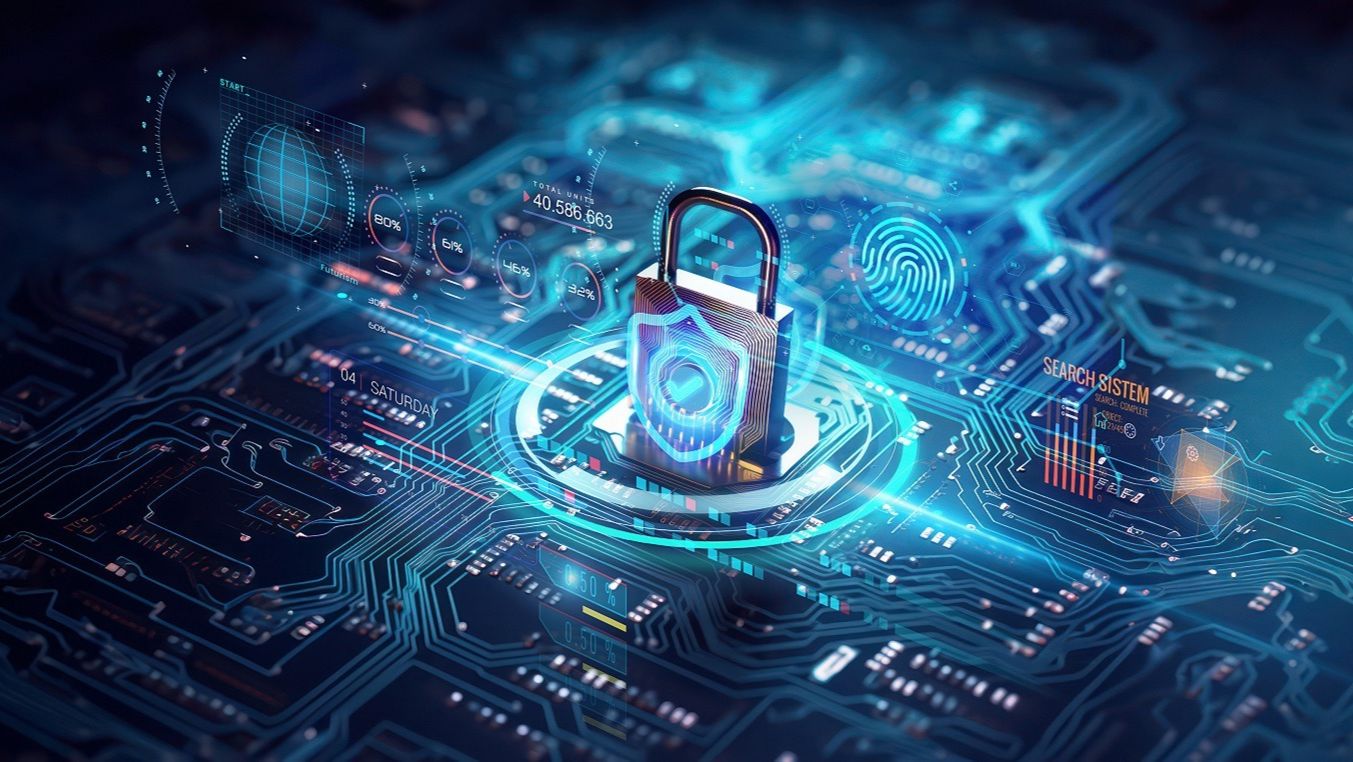Cybersecurity: Tackling the Threat from Artificial Intelligence

Cybercrime continues to be a primary concern for businesses and individuals across the globe. This is no surprise given the ever-increasing estimated costs and sophistication of cyber-attacks, from which no industry sector is immune.
Common attack methods include social engineering (where bad actors attempt to trick their victims by impersonating a trusted source such as a bank and request confidential information including passwords and login details) and email compromise (where bad actors attempt to trick victims into making payments to new accounts by impersonating a supplier), and destructive malware that is used to steal data (which might then be sold on the dark web), or to solicit a ransom. Criminals often demand payment in cryptocurrency to safeguard their anonymity.
As technology evolves, so does cybercrime. Today’s hottest tech innovation, generative artificial intelligence (AI), represents a new battleground. Companies are eager to use its new capabilities - but so too are cybercriminals.
Generative AI Changes Everything
Generative AI has recently brought the technology into the mainstream and is expected to transform businesses, boosting productivity and efficiency. It may also be able to play a role in cyber defense.
However, as with other technologies, generative AI is dual purpose - it can also serve as a tool that cybercriminals use to attack companies. Generative AI’s ability to create realistic content makes it difficult to distinguish between human and machine-generated information. Generative AI can easily produce credible text instantly, meaning the days of spotting potential scams with poorly spelled emails or SMS asking recipients to transfer funds look set to end.
Similarly, some newer generative AI platforms can clone a natural-sounding voice from a short audio clip, making phishing attacks (which exploit human error to harvest credentials or spread malware) more effective. Moreover, generative AI could potentially conduct dozens of simultaneous impersonations: cybercriminals’ capacity to act has been multiplied at a keystroke.
Generative AI will boost cybercriminals’ ability to rapidly collect information from social media, the web, and other sources - making email compromise or social engineering attempts more convincing. Generative AI also makes it easier to gain valuable insights into opportunities, such as an M&A transaction or even an individual’s vacation, that could serve as a chance to access systems or divert funds.
How to Combat New Threats
|
Better education is crucial to identify and mitigate evolving cyber threats, especially as generative AI enables more sophisticated and personalized attacks, including voice mimicry, enhanced data trawling, and improved language generation. Remember:
|
|
 |
Always call back: Never trust an incoming email or phone call, even if they appear familiar or if they say they are from your bank, particularly when a payment is being requested to a new bank account or you are being asked to share confidential details. Call back on a verified number and never share your confidential details. |
 |
Keep your data safe: In the future, generative AI could be deployed on biometrics, enabling criminals to mimic fingerprints and eye scans; however, if biometric data is properly safeguarded, generative AI models have no data to source. |
 |
Tell your bank immediately: Reconcile your account(s) frequently to identify potential discrepancies and quickly inform your bank. After 72 hours, it is often impossible to recover funds. |
 |
Plan for the worst: Assume you will be compromised and take appropriate measures.
|
